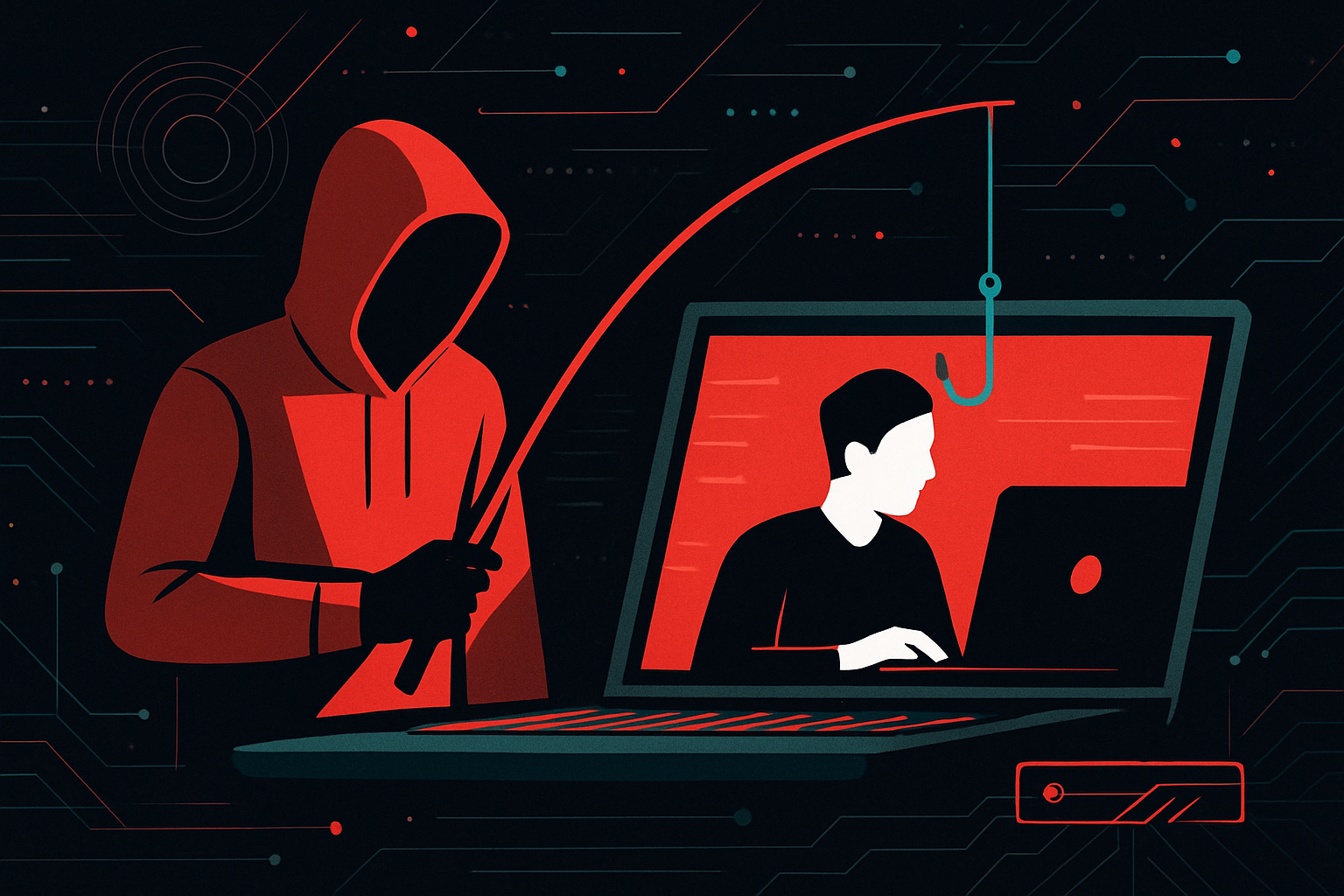Zero-Trust Security Models: A Must for Modern Businesses

Zero-Trust Security Models: A Must for Modern Businesses
Understanding the Zero-Trust Security Model
The Zero-Trust Security Model is a cybersecurity paradigm that assumes no implicit trust within a network, regardless of whether it is inside or outside the perimeter. This approach requires verification for every attempt to access resources, maintaining strict access controls and continuous validation.
Core Principles of Zero-Trust
-
Verify Explicitly: Always authenticate and authorize based on all available data points, including user identity, location, device health, service or workload, data classification, and anomalies.
-
Use Least Privileged Access: Limit user access with Just-In-Time (JIT) and Just-Enough-Access (JEA) principles, risk-based adaptive policies, and data protection to minimize exposure.
-
Assume Breach: Minimize blast radius for breaches and prevent lateral movement by segmenting access, keeping users and devices isolated, and using analytics to detect threats.
Implementing Zero-Trust in Your Organization
Step 1: Identifying Critical Assets
- Data Classification: Identify and classify data to understand what needs protection.
- Network Segmentation: Break down the network into smaller zones to control access more effectively.
Step 2: Establish Identity Verification
- Utilize multi-factor authentication (MFA) and robust user identity verification methods.
“`python
# Example: Implementing MFA with a Python-based authentication system
from mfa_module import enable_mfa
def authenticate_user(user_id, password):
if verify_credentials(user_id, password):
enable_mfa(user_id)
else:
raise AuthenticationError(“Invalid credentials”)
“`
Step 3: Enforcing Least Privileged Access
- Implement role-based access control (RBAC) and attribute-based access control (ABAC) to manage permissions.
Table: RBAC vs. ABAC
| Feature | RBAC | ABAC |
|---|---|---|
| Basis for Access | Role | Attributes (e.g., location, time) |
| Flexibility | Moderate | High |
| Complexity | Lower | Higher |
| Scalability | Limited | Extensive |
Step 4: Continuous Monitoring and Automation
- Deploy real-time monitoring solutions and utilize artificial intelligence (AI) for detecting anomalies.
bash
# Example: Using a shell script to automate log monitoring
tail -f /var/log/auth.log | grep 'failed' | while read line; do
echo "Alert: Potential unauthorized access detected - $line"
# Trigger an automated response or alert
done
Technology and Tools Supporting Zero-Trust
Identity and Access Management (IAM)
Tools like Okta, Azure AD, and Auth0 provide centralized identity management and strong authentication measures.
Network Security
Software-defined perimeter (SDP) solutions like Zscaler and Perimeter 81 help in implementing secure access models.
Endpoint Security
Solutions such as CrowdStrike and Carbon Black offer advanced endpoint detection and response capabilities.
Challenges and Considerations
-
Cultural Shift: Transitioning to a zero-trust model requires a cultural change within the organization, promoting security awareness and user acceptance.
-
Integration Complexity: Integrating zero-trust principles with existing IT infrastructure can be complex and resource-intensive.
-
Performance Overheads: Implementing continuous access reviews and monitoring can introduce performance overheads.
Case Study: Company XYZ
Company XYZ, a mid-sized financial firm, faced persistent security threats with traditional perimeter-based security. By implementing a zero-trust model, they achieved:
- Reduced Attack Surface: Through network segmentation and strict access controls.
- Improved Threat Detection: Utilizing AI-driven monitoring tools for real-time threat analytics.
- Enhanced Compliance: Meeting stringent regulatory requirements with robust authentication and data protection strategies.
Security Best Practices for Zero-Trust
- Regularly update and patch systems to mitigate vulnerabilities.
- Conduct security awareness training for employees.
- Implement automated incident response protocols.
- Evaluate and adjust security policies continuously based on risk assessments.
By adopting these best practices, businesses can effectively implement a zero-trust security model, ensuring robust protection against modern cybersecurity threats.





0 thoughts on “Zero-Trust Security Models: A Must for Modern Businesses”